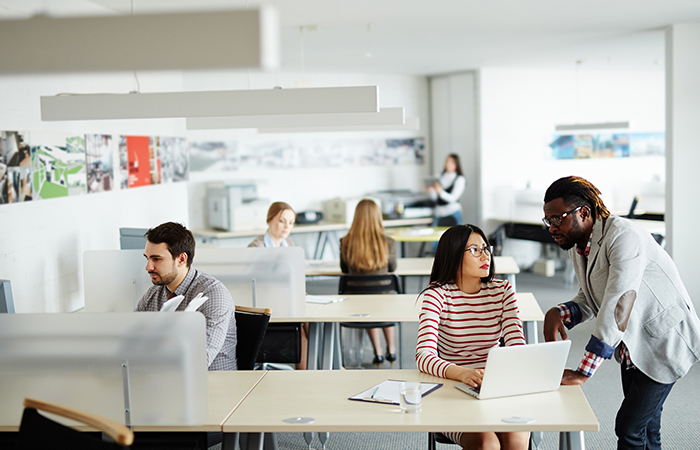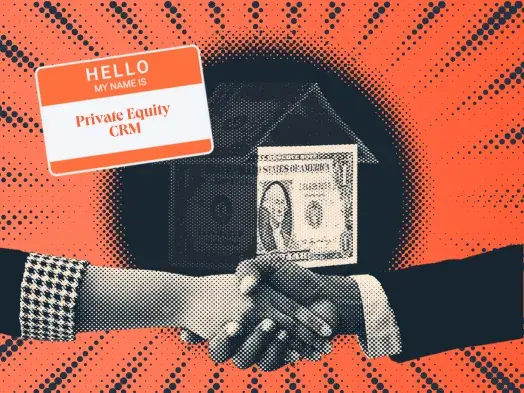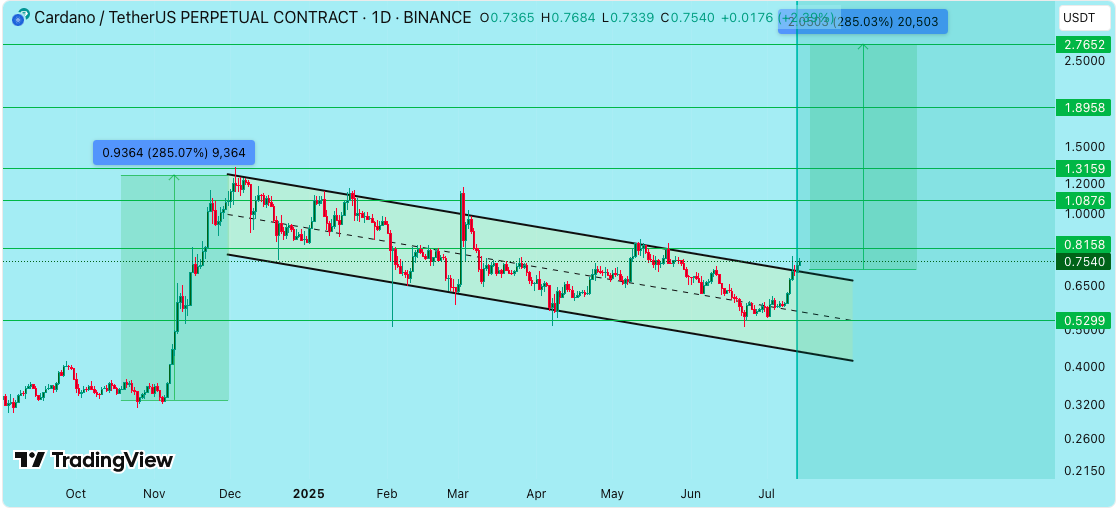In last month’s Inside HR Tech column, I shared updates from several HR and HR technology industry events, gatherings that were largely about technology and its effect on work. When I say “technology,” I am referring to HR and workplace technology as I typically do—through the lens of software, apps, code and the experience that people at work have using these software programs and apps.
I’ll admit that having spent so many years in the HR technology industry, I’ve allowed myself to equate the term “technology” with “software”—and I’d suspect that many other people working in HR technology do the same.
But they are not the same: Not all technology is software and not all elements or aspects of employee experience are software-driven. If we focus too narrowly on software as the key ingredient in employee experience, productivity, engagement and such, we can easily lose sight of or diminish the importance of other factors that also influence the same kinds of outcomes that our HR software is designed for.
Recently, I was invited to the NeoCon 2023 Conference, the largest event of its kind for the commercial interior design industry. There, I participated as a juror for one of the prestigious “Best of NeoCon” awards—this one focused on “Business Impact,” looking at the potential of designs to make a positive impact on organizations, employees and even the environment.
During the evaluation of dozens of products and subsequent deliberations that led to the selection of six winning products, I came to more fully appreciate the physical experience of work and workplaces—and their contribution to the overall employee experience. Here’s a look at three of these winning products and a few thoughts on what we can learn from thinking about employee experience more holistically.
With over three years of workplace disruption coming to an end, and the beginning of a transition into the next phase of working, organizations are rethinking physical space. The new purpose of the workplace is to bring individuals and teams together in an environment that fosters connection, encourages collaboration, supports wellbeing and enhances productivity. While software can help meet these objectives, so too can the physical spaces and surfaces of work: tables, desks and advanced workstations.
Australian design firm Schiavello embraced these goals with its award-winning Krossi collection of workstations. For many remote and hybrid workers who spent three years outfitting their own personal office space just exactly as they like it, a return to the office could mean lesser or suboptimal features—like chairs, lighting and access to needed supplies and equipment.
The Krossi workstation system provides adjustable digital height settings, integrated power and cable management, and full flexibility to move, redeploy and redesign workstations to support the dynamic and flexible needs of work groups in the office. While it may be easy to think that a desk is just a desk, the level of attention to detail, research-based design and thoughtful consideration of employee needs is what elevates these workstations—and the overall employee experience.
Better task chair, better employee experience?
Sadly, most of us who perform desk-based work—whether in the office, home or some other location—spend far too much time sitting, making our desk or “task” chair one of the most utilized pieces of equipment. While the benefits of sitting less are clear, the norm for most of us office workers continues to be sitting in place, at our desks, just about all day long. And for many, increased time back in office locations may make this even worse.
Via Seating’s Best of NeoCon 4-UP seating solution incorporates telescoping technology in an innovative manner, transforming the desk chair into true, sit-to-stand technology. Essentially, the user can raise the chair level to match the work surface level of their height-adjustable desk, eliminating the need for two chairs. Paired with all the bells and whistles of a top-level ergonomic task chair, the 4-UP by Via Seating represents an optimized sit-to-stand chair. And trust me, after spending just five minutes using this chair, I can tell you that having the “right” seating technology would improve everything about my employee experience—my productivity, comfort level and mood!
Why collaboration spaces matter in employee experience
Almost all of the CEO statements exhorting the value of their stated return-to-office initiatives reference improved team collaboration. Whether collaboration improves when people are working together in close physical proximity is certainly up for discussion. But as with desks and chairs, many interior design and manufacturing companies have developed innovative approaches for adapting interior spaces, surfaces and even walls and room dividers to create places for new and flexible collaboration.
Brainstorming and idea-gathering require active meetings. Design firm Okamura addresses this challenge and opportunity with its innovative Lives Post & Beam concept. The product uses rails and casters and a flexible and adaptable collection of panels (whiteboards, bulletin boards and panels with Wi-Fi-enabled LCD screens) in a simple, modular system that allows users to shape a range of new spaces in the open-plan office. Okamura won recognition (and its award) by figuring out a way to make “fixed” office space more dynamic and flexible—mirroring the many ways work itself has become more dynamic and flexible.
EX is bigger than screens and software
As more organizations seek a balance between remote and in-person work—with most settling on hybrid schedules—the most thorough approaches to employee experience will encompass both software tools and the real world of physical design and objects. Thinking about employee experience solely through the perspective of software and apps ignores that—at least until we are all existing in the Metaverse—how we feel about and experience the real world matters. And it has significant implications for how we experience work and workplaces.
Said differently, we could have the best systems for benefits, payroll or peer recognition and they won’t make us feel better about poorly designed workspaces, uncomfortable chairs or 1970s-inspired office décor. Spending some time at NeoCon reminded me that we don’t yet experience the world (and work) entirely via screens and software tools. Experience of work is bigger than that, and HR and organization leaders should think more broadly about technology’s impact on employee experience—and consider how to invest in the best new technologies that improve both the digital as well as the “in-real-life element” of the employee experience.
Credit: Source link











